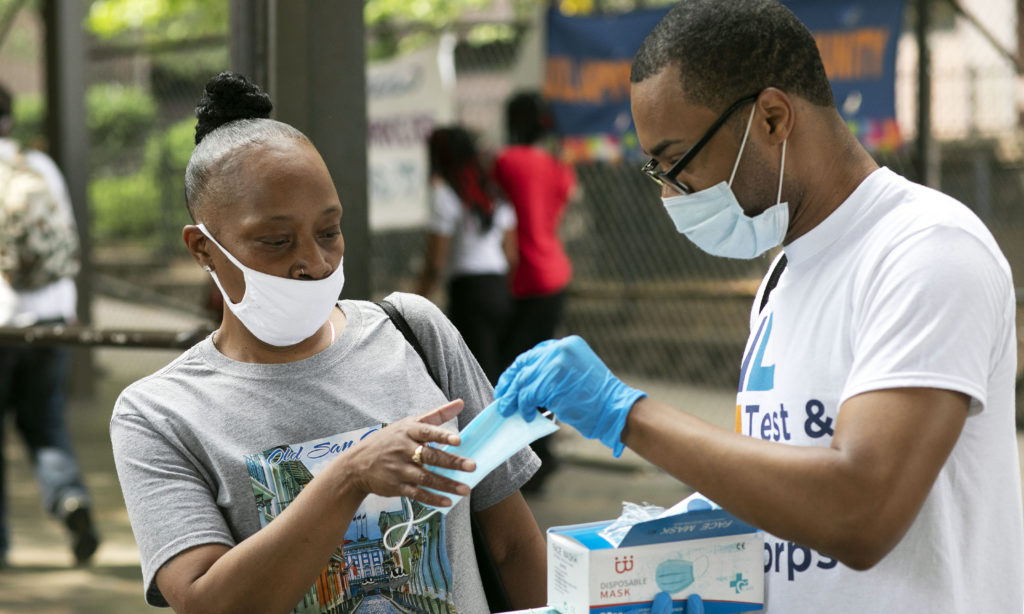Public health group’s survey finds unequal rates of recovery from pandemic

The fourth COVID-19 Health Equity survey from Public Health Solutions (PHS), the largest public health nonprofit serving New York City, reveals increased economic pressures and persistent health disparities are driving an unequal pandemic recovery among New Yorkers.
The survey, conducted online and powered by the Kantar Profiles Audience Network in late February, reached 1,000 New Yorkers of varied income levels from all five boroughs and defines low-income New Yorkers as those with an annual household income under $50,000 and high-income New Yorkers as respondents with an annual household income over $100,000.

Pre-pandemic economic inequities were exacerbated over the last two years, which all play a major role in health and wellbeing, and New Yorkers are now experiencing different levels of economic recovery across income, race, and borough:

Brooklyn Boro
View MoreNew York City’s most populous borough, Brooklyn, is home to nearly 2.6 million residents. If Brooklyn were an independent city it would be the fourth largest city in the United States. While Brooklyn has become the epitome of ‘cool and hip’ in recent years, for those that were born here, raised families here and improved communities over the years, Brooklyn has never been ‘uncool’.